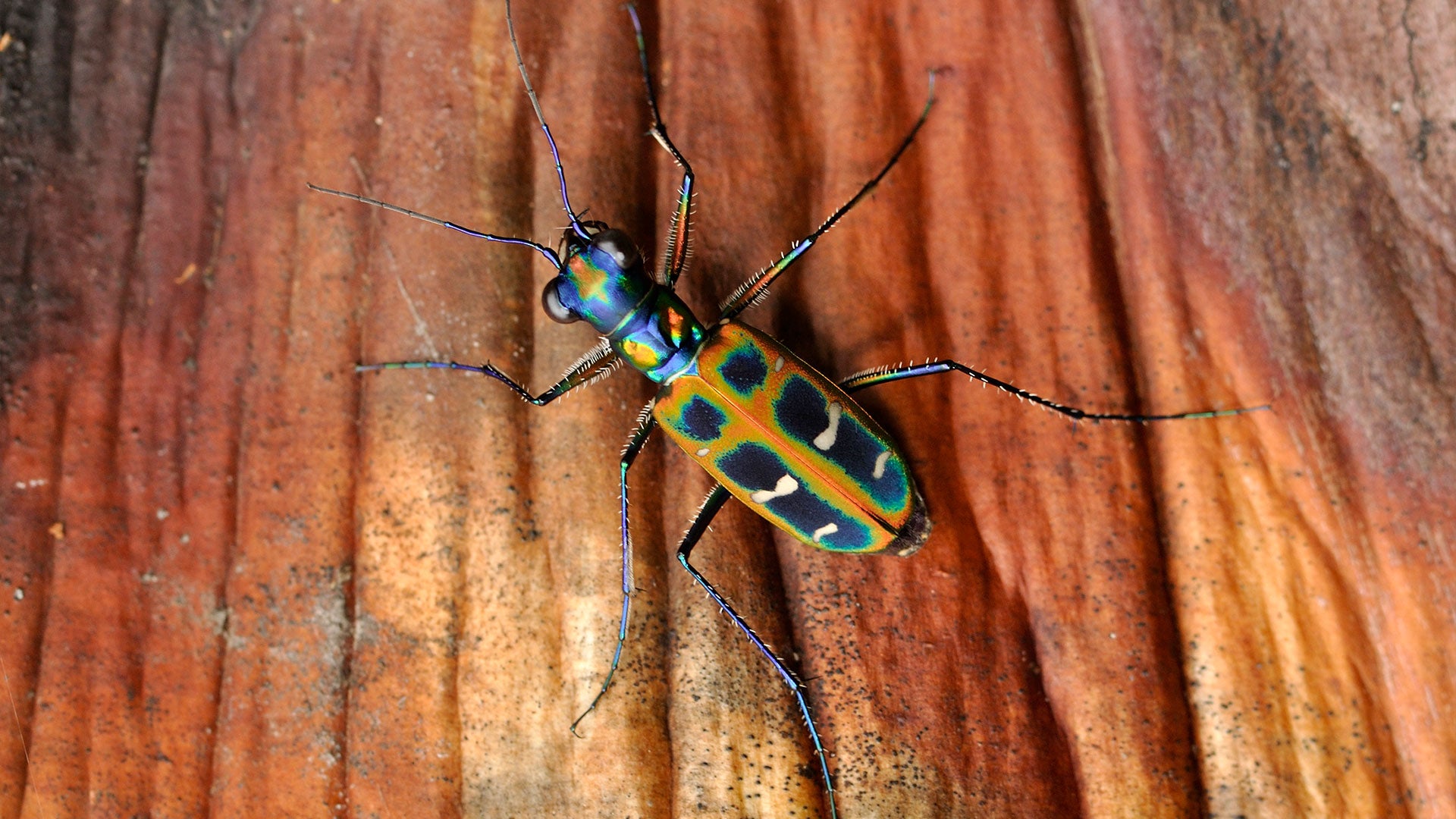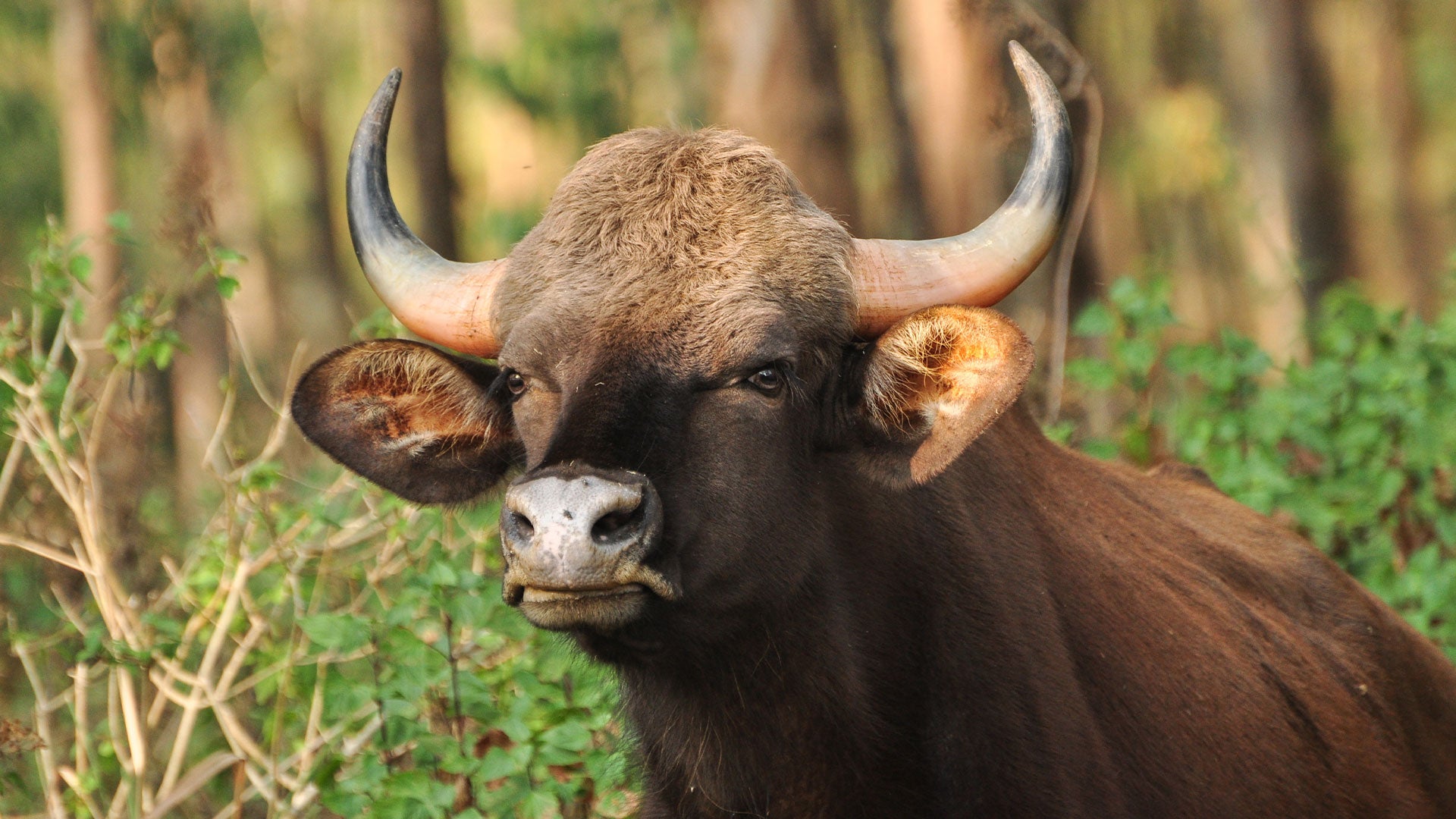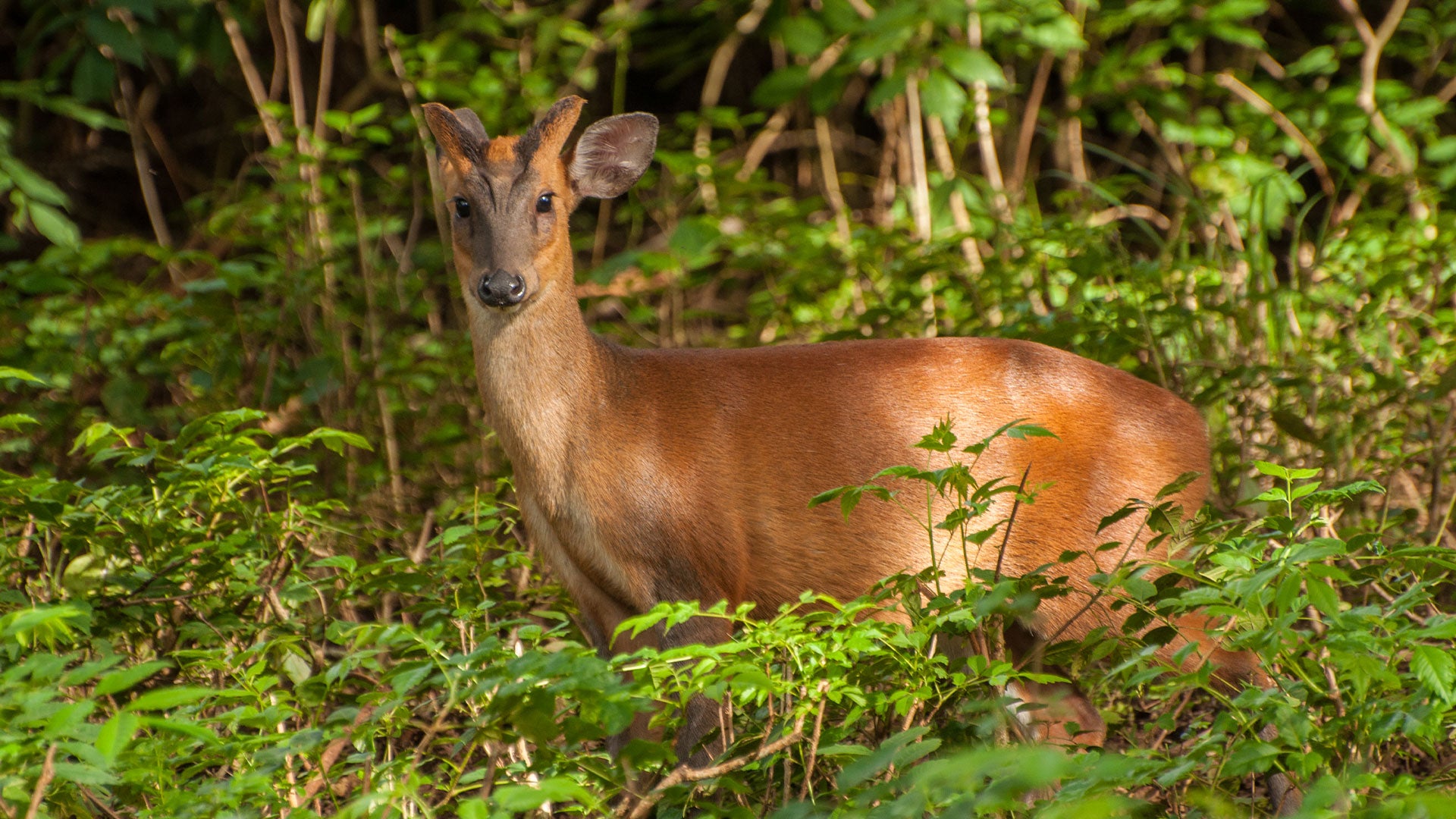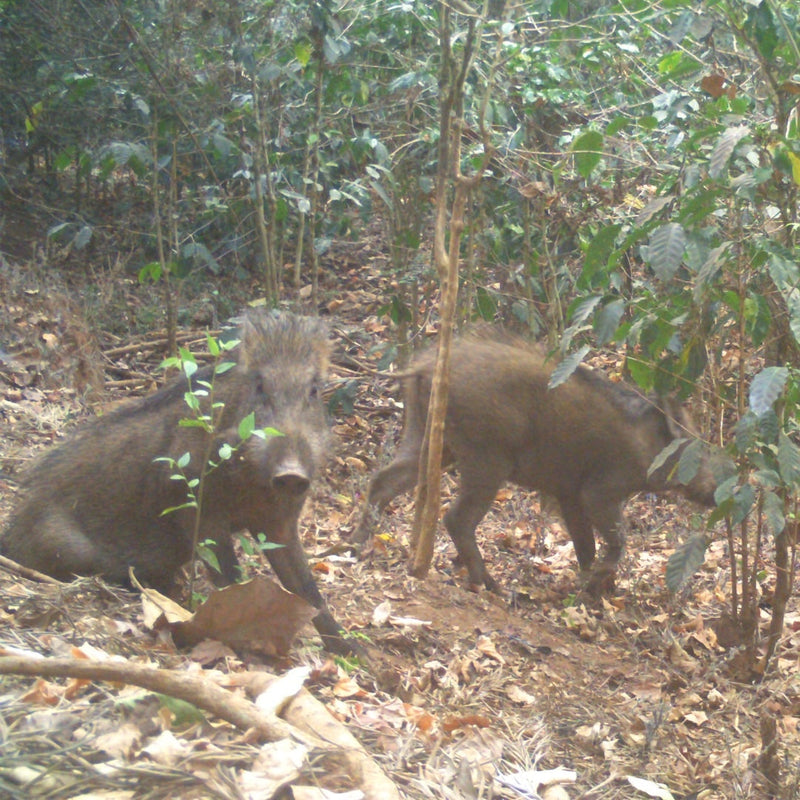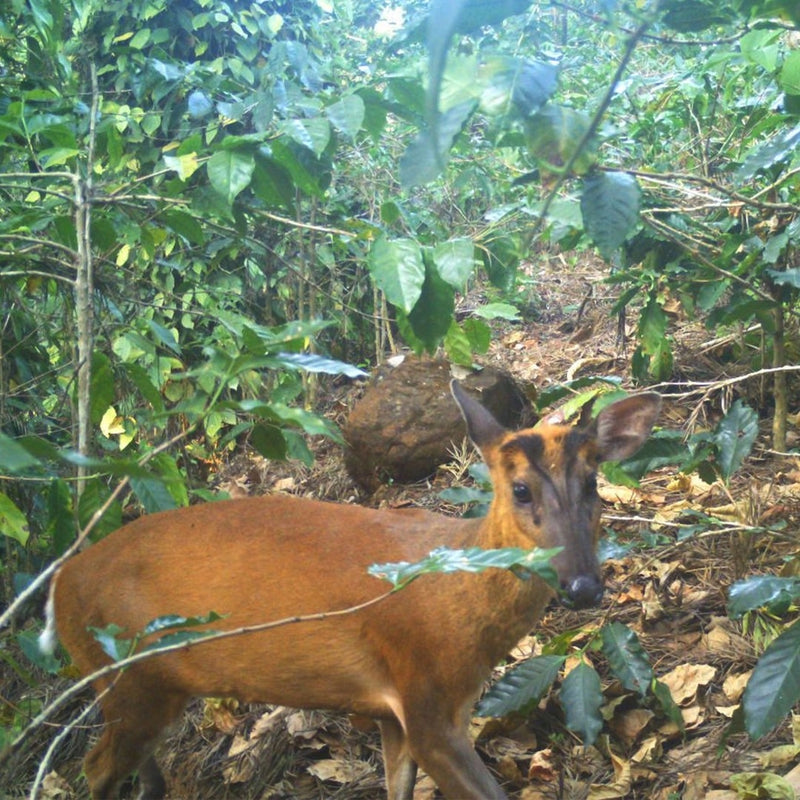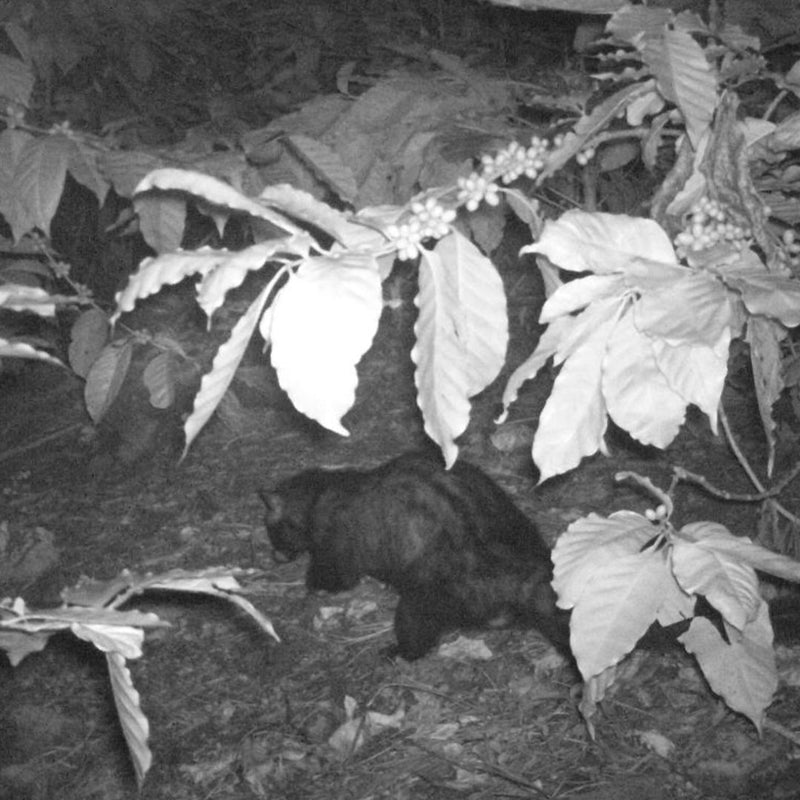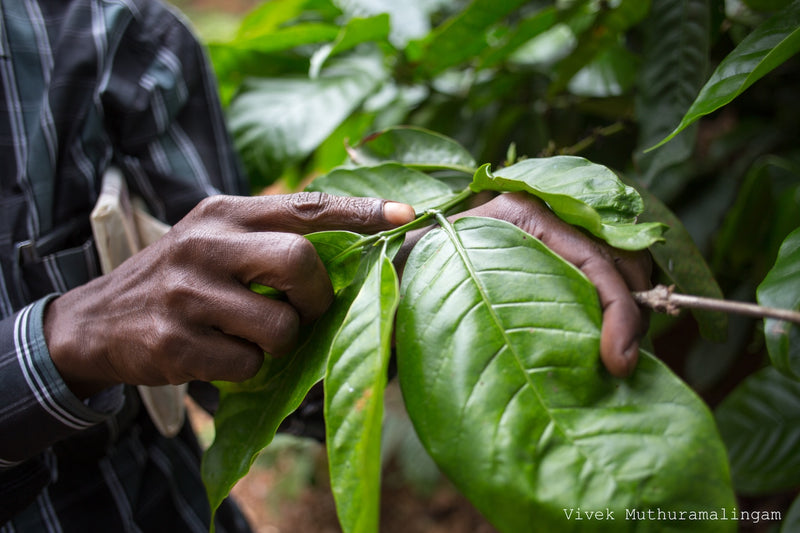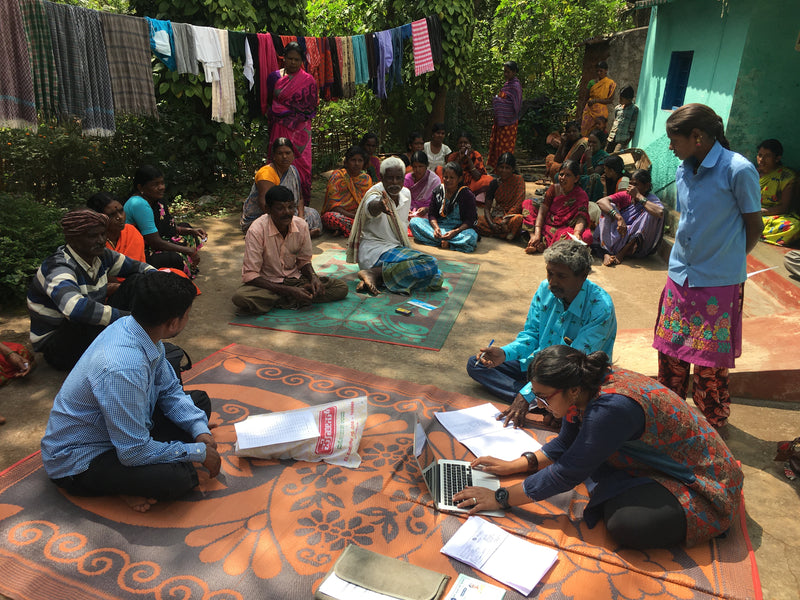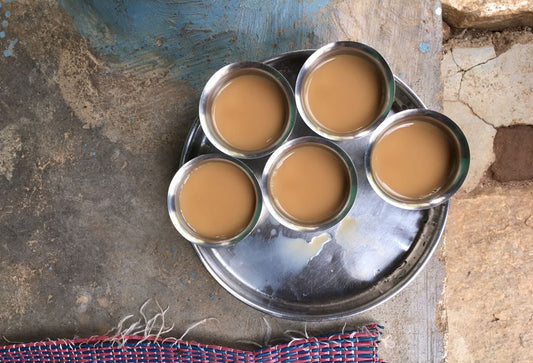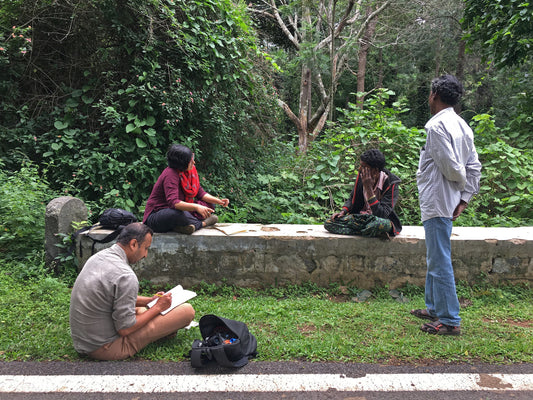1000 Year Brew
Biodiversity-Friendly
What makes our coffee biodiversity-friendly
At Black Baza, we believe that ‘biodiversity-friendly’ goes beyond being just a buzzword or label. For us, it embodies a coffee-growing practice in which forests, wildlife, and communities thrive together. As climate change increasingly impacts coffee cultivation, it’s clear that we must adopt resilient methods of growing coffee — ones that benefit not only the crop but the entire ecosystem it depends on.
What is Biodiversity-Friendly?
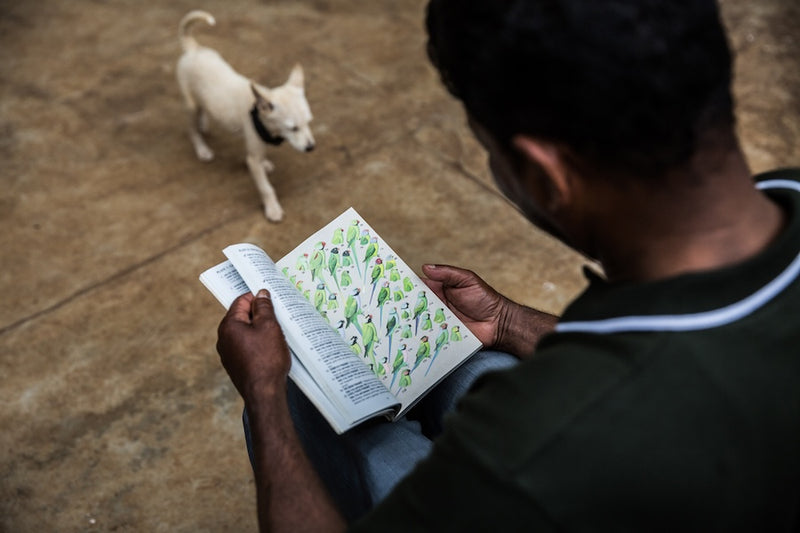
At the core of everything we do are these six guiding principles that help us ensure that biodiversity-friendly is not just a label, but an active effort on our part to make coffee sustainable for the environment and for the people who grow it.
 Shade-Grown Under Native Trees +
Shade-Grown Under Native Trees +
At Black Baza, we prioritise native species and ensure over 70% tree canopy cover, well beyond the requirements of most regulations.
Our partner farms cultivate coffee under the shade of native forest trees. We aim to conserve native tree diversity and maintain canopy structures that mirror the surrounding forest ecosystems. This effort is a crucial response to the troubling trend of deforestation in Indian coffee landscapes, where the use of non-native shade trees has become increasingly dominant.
 Chemical-Free, Forever +
Chemical-Free, Forever +
No pesticides. No fertilisers. No compromise.
All our partner farms are committed to growing coffee without chemical pesticides or fertilisers. We believe that organic and regenerative farming practices not only benefit human health but also the many non-human species that rely on coffee farms for habitat. Our commitment to transparency includes making laboratory test results for our coffee publicly available — feel free to write to us, and we’ll gladly share them.
 Farming as Habitats +
Farming as Habitats +
Our partner farms are alive with life — from elephants and leopards to birds, bees, butterflies, wasps and small mammals, all sharing space with coffee.
We work with producers to restore native vegetation and protect on-farm habitats. Guided by traditional ecological knowledge and science, our efforts include planting keystone tree species and preserving features that support a rich diversity of wildlife. These landscapes don’t just grow coffee — they offer refuge to endemic and endangered species alike.
 Peer-led, not Top-down +
Peer-led, not Top-down +
Our approach is shaped by the lived experience of local producers — they lead the way in how we farm, protect biodiversity, and adapt to climate change. Instead of distant auditors or rigid checklists, farmers define biodiversity standards and monitor each other’s farms. This participatory model is built on trust and far exceeds most global certification norms, showing that fair, ecological farming is best led by those who live it every day.
 Biodegradable Packaging +
Biodegradable Packaging +
Our packaging is fully biodegradable — designed with both people and planet in mind. The outer paper bag is made not from tree pulp (we remain unconvinced that cutting trees for paper is sustainable), but from bagasse, a fibrous byproduct of sugarcane processing. By using bagasse — an agricultural waste material — we reduce pressure on forests and repurpose what would otherwise be discarded. The inner bag is a biodegradable ‘plastic’ made from a plant-based polymer that breaks down naturally in landfill conditions within 8 to 24 months, leaving no harmful residues behind.
 Traceable, Both Ways +
Traceable, Both Ways +
Every cup of Black Baza Coffee can be traced back to a single farm — or a cluster of neighbouring farms — where the beans were grown. But traceability, for us, isn’t just about meeting consumer demand. It’s reciprocal. We share stories with our producer partners about the people who drink their coffee — where they’re from, how they brew, and what they love. We believe this mutual connection fosters care, accountability, and ultimately, more sustainable farming practices. Have questions? Just ask — we love talking about this stuff.
 Measuring What Matters +
Measuring What Matters +
Our commitment to sustainable coffee demands careful, ongoing impact monitoring. We track livelihood-related changes through surveys and focus group discussions with partner producers. To understand biodiversity outcomes, we study key ecological indicators — from native tree species to birds, insects, and soil invertebrates. These insights help us adapt and stay true to our mission of building ecological and economic resilience.


